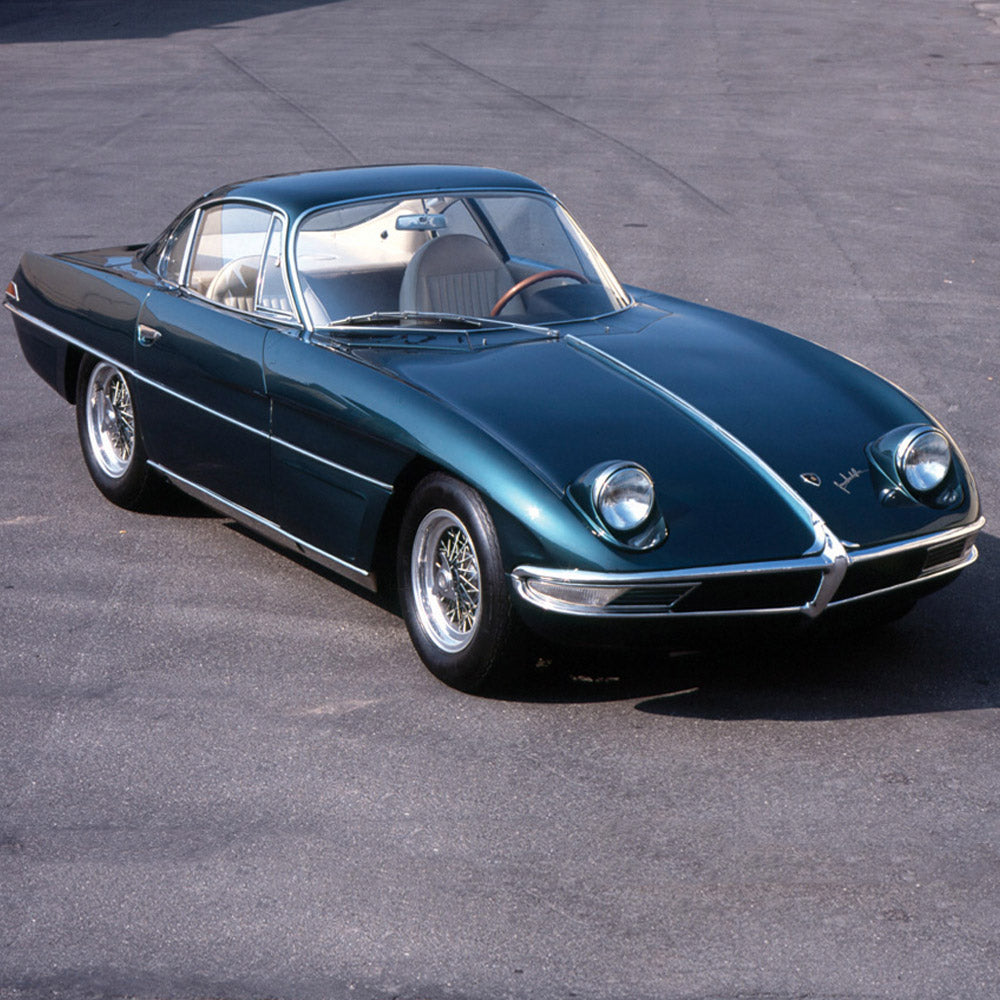
Look, there are a few ways to look at this. First, nearlyall cars are put on a pedestal. The average a typical vehicle is used during the course of ownership roughly 5% of the time it spends literally in an owner’s hands, and the rest of the timeit’s parked . Put another way, in terms of time it’s the difference between owning a car for a year ordriving it for a year—the former sits in your garage and the latter will accumulate milage over time.
Figure that unreliable vehicles are used less, that sometimes finding parts is a problem for rare models, and perhaps that many of the more expensive ones don’t get out as much—and pretty soon you realize there are an awful lot of classic machines are driven well less than 1,000 miles in an entire year. Devoting time, attention, and resources to keep them going is, in a big way, placing them on a pedestal. Jay Leno evenmade a TV show out of his passion, right? I figure there’s a reason it’s called “Jay Leno’s Garage” and not, “Jay Leno’s Cars Being Driven”.
That said, with the benefit of time, many shortcomings originally seen on classics have been addressed. Chevrolet Corvairs no longer have to be wayward and unpredictable, it’s possible to tune older cars to run very well on our modern pump gas, and the Porsche 356 can be given a serious speed upgrade in the form ofthe Polo-4 engine .With enough money ,time , anddesire ,anything can be made better . So: if you’re finding it difficult to enjoy the classic car you have, there are plenty of others to choose from.


Getting back to the original question, there are definitely examples of vehicles not designed to bethrilling to drive. Chauffeur-driven cars typically fall under that category, as do luxo-barges (Chrysler Imperials, Lincoln Continentals, Cadillacs), trucks, “economy cars”, etc. I’m not saying those classics aren’tenjoyable to drive, more that they weren’t likely designed to clip apexes and make snappy gear changes.
There is one category of vehicles that were designed to be on pedestals, with few concerns beyond looking beautiful: concept cars.
Concepts are produced solely to attract attention when sitting on a pedestal, and owners who’ve managed to take them home or get them road-registered are acutely aware of that fact—which is why many end up on concours lawns more than they’re driven. Getting your own concept car isn’t an unattainable dream, either, though you’re also more likely to have to outbid someone to get ahold of one.Could be fun , though.
Have a question for us? Just ask. We’ll do our very best to answer it in a future story!




Image Sources: Niklas Andresson, Sean Mathis, mad4wheels.com, carstyling.ru, cartype.com,




















































